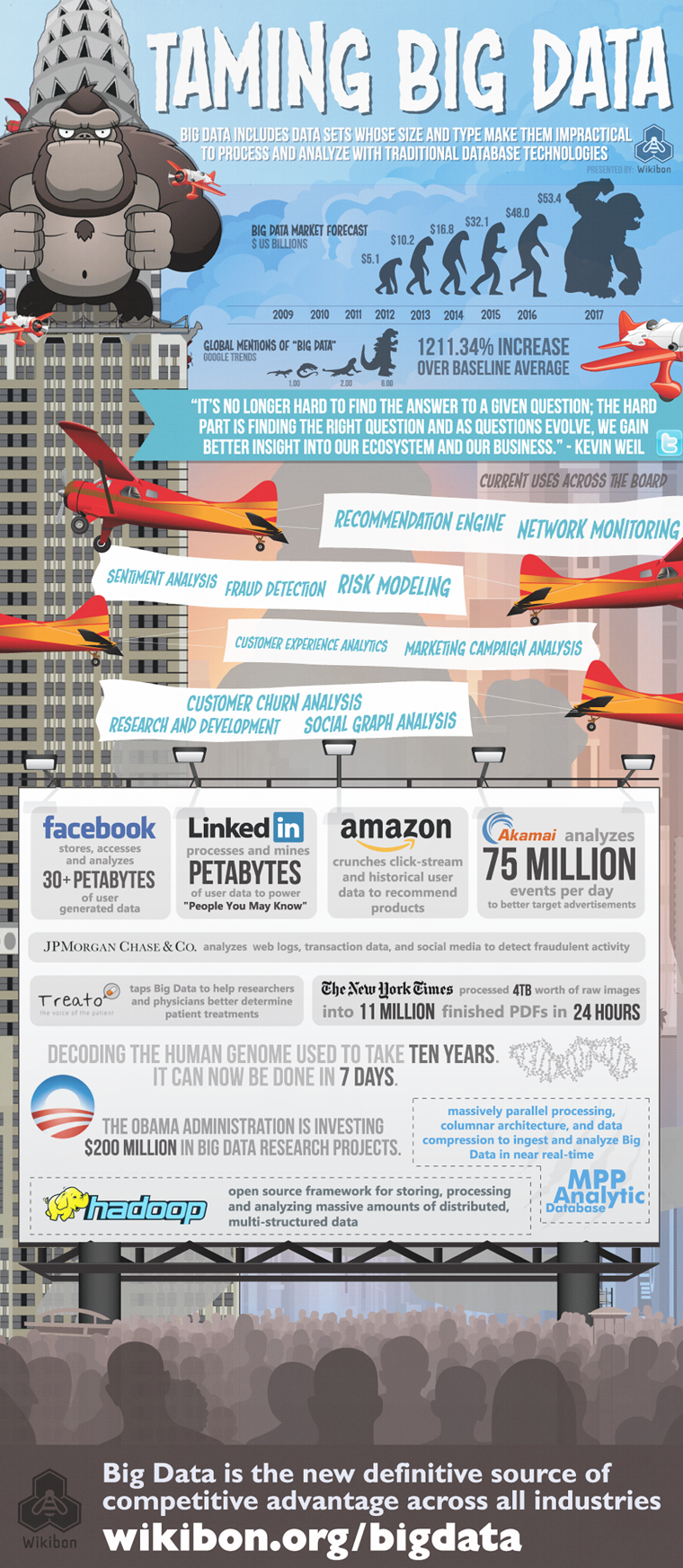How Local Governments Are Wrangling Big Data [Infographic]
Your local government might not be processing big data as fast as Facebook (it has crunched 30 petabytes) or Akamai (it is analyzing 75 million events per day), but that doesn’t mean you should ignore big data trends. Analysis tools ¬— which are always improving — can be used to move your municipality from a reactive mode to a proactive one. The data can be so valuable and useful that it can literally change the way you operate.
Take, for example, the city of Boston’s new mobile app, Street Bump:
The app detects minute changes in a phone's accelerometer—the same technology used to shift the orientation of a smartphone screen when it's tilted sideways.
Chris Osgood, co-chair of city hall's Office of New Urban Mechanics, says Boston also hopes to use Street Bump technology to figure out which roadways are most in need of repaving. Today, municipalities often make such decisions based on cumbersome surveys that involve engineers in pickup trucks dragging chains behind them and measuring the vibrations of the metal.
Surveying the entire Boston roadway system each year using traditional techniques would cost roughly $200,000, Mr. Osgood says, while the city's tab for developing Speed Bump was roughly $80,000. "This system will give us a living, breathing map of how the road system in the city is working," he says.
On some scales, that could be considered small data, but it’s data, nonetheless. And once it’s been processed, it’s more than just data — it’s cost-savings and better services.
Check out the infographic below to see what other businesses and organizations are doing with big data.









